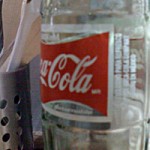Up to now I’ve only really been documenting it on Facebook (for some reason), but over the past 3 months I’ve been working on one of my most ambitious music projects yet, a prog/post-rock interpretation of Stravinsky’s Rite of Spring. It’s been an interesting exercise that has helped me to get very (very) familiar with the piece, and encouraged me to research more about its origins.
Today I discovered this delightful video of Stravinsky humorously recounting the early history of the piece. Specifically, demonstrating the chord at the beginning of “Augurs of Spring” to Sergei Diaghilev, the ballet producer who had commissioned the work.
I like very much this chord. It was a rather new chord, you know? An 8-note chord. But the accents were even more new. And the accents were really the foundation of the whole thing.
When I finished composing The Rite of Spring, I played it for Diaghilev, and I started to play him this chord. Fifty-nine times the same chord. Diaghilev was a little bit surprised. He didn’t want to offend me. He asked me only one thing, which was very offending. He asked me, “Will it last very long time this way?” And I said, “’Til the end, my dear.”
And he was silent. Because he understood that the answer was serious.
What is that chord? I think just to mess with us, Stravinsky notated it rather absurdly with F♭s and C♭s. From the bottom up, the notes are: F♭ A♭ C♭ F♭ G B♭ D♭ E♭. So, that’s… um… well, if it were written as E instead of F♭, with ♯s instead of ♭s, it works out to an Emaj7/♯9/♯11/13 chord. Another way to look at it is an E (F♭) major chord with an E♭7 (in first inversion) stacked on top of it. Since Stravinsky was exploring bitonality, this is the most likely explanation, but really there’s no good way to notate it. Over a hundred years later, this is still difficult to grasp.

 I had noticed for some years that it was increasingly common to see, in the Mexican food sections of most local grocery stores, stocked in amongst the numerous flavors of
I had noticed for some years that it was increasingly common to see, in the Mexican food sections of most local grocery stores, stocked in amongst the numerous flavors of  2. In the gray area above the picture, on the right side, you’ll see the date, owner, and size information. There’s a menu that allows you to pick other sizes to view, and the “full size” appears below that as an orange link (see picture). Click the orange link next to “full size.”
2. In the gray area above the picture, on the right side, you’ll see the date, owner, and size information. There’s a menu that allows you to pick other sizes to view, and the “full size” appears below that as an orange link (see picture). Click the orange link next to “full size.”